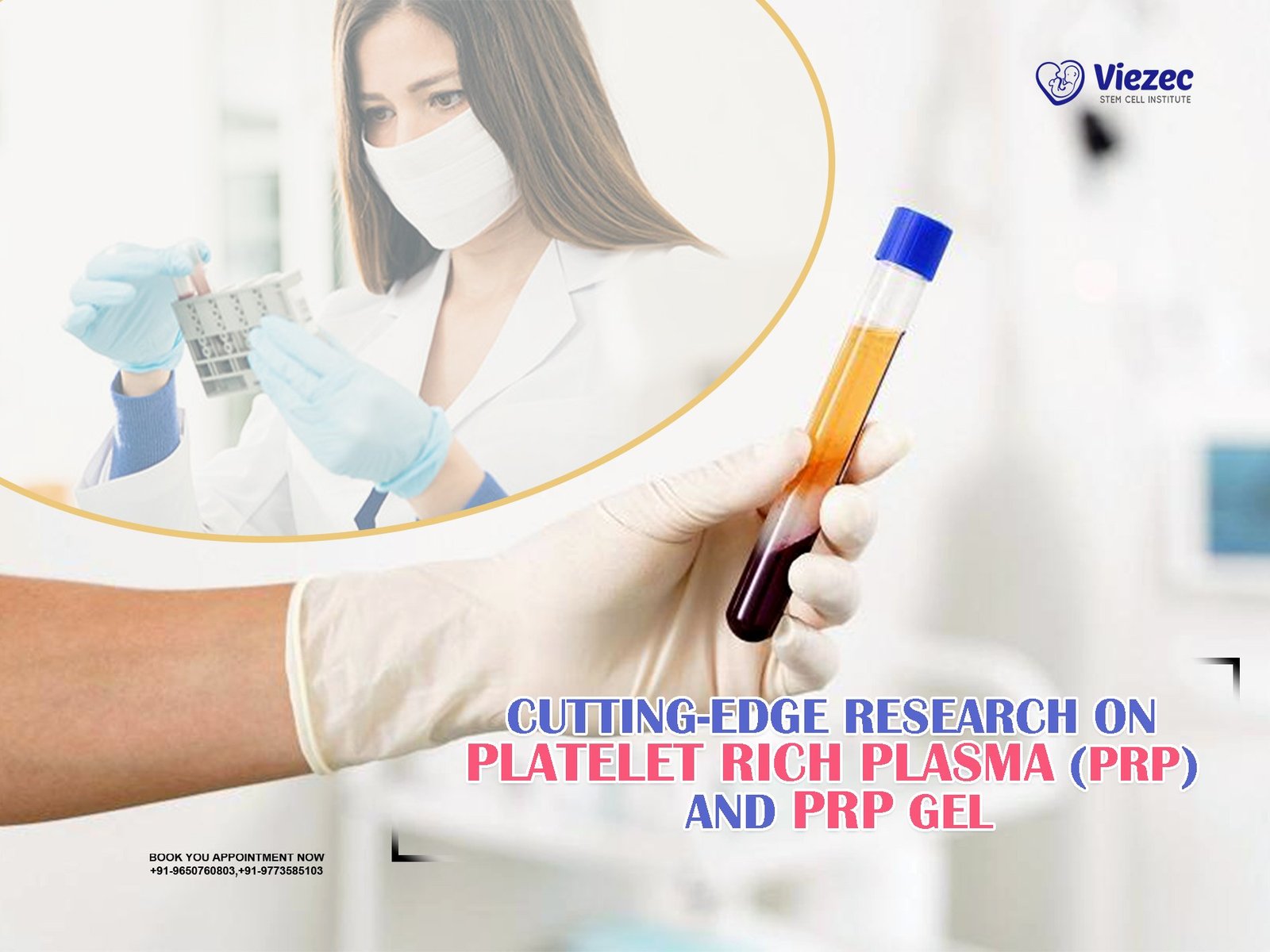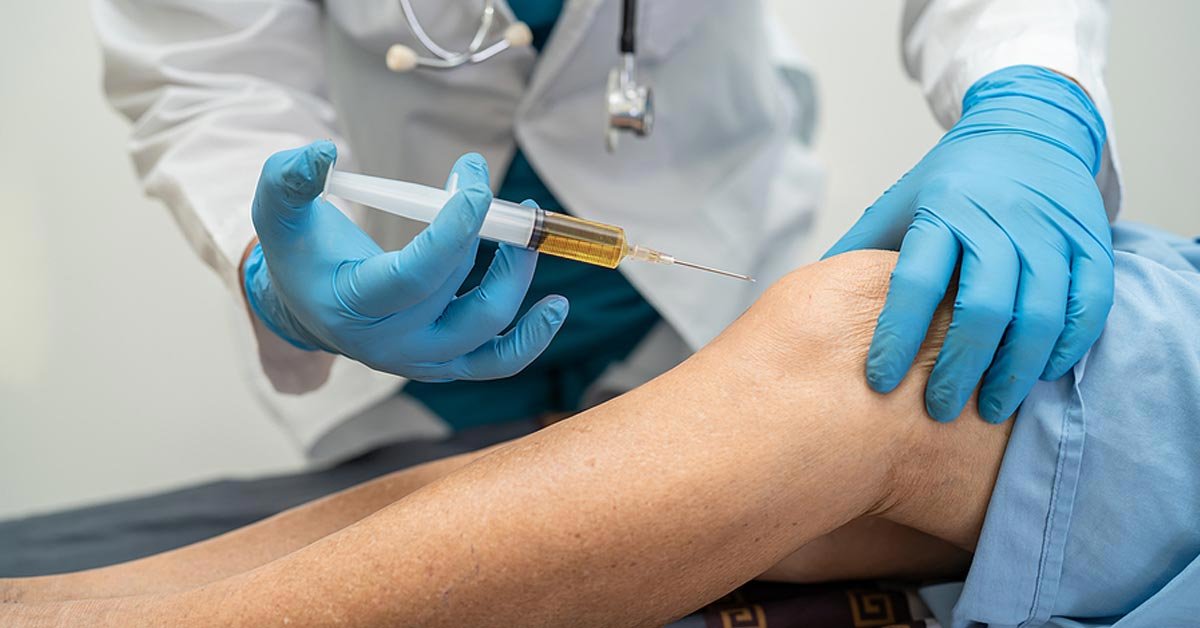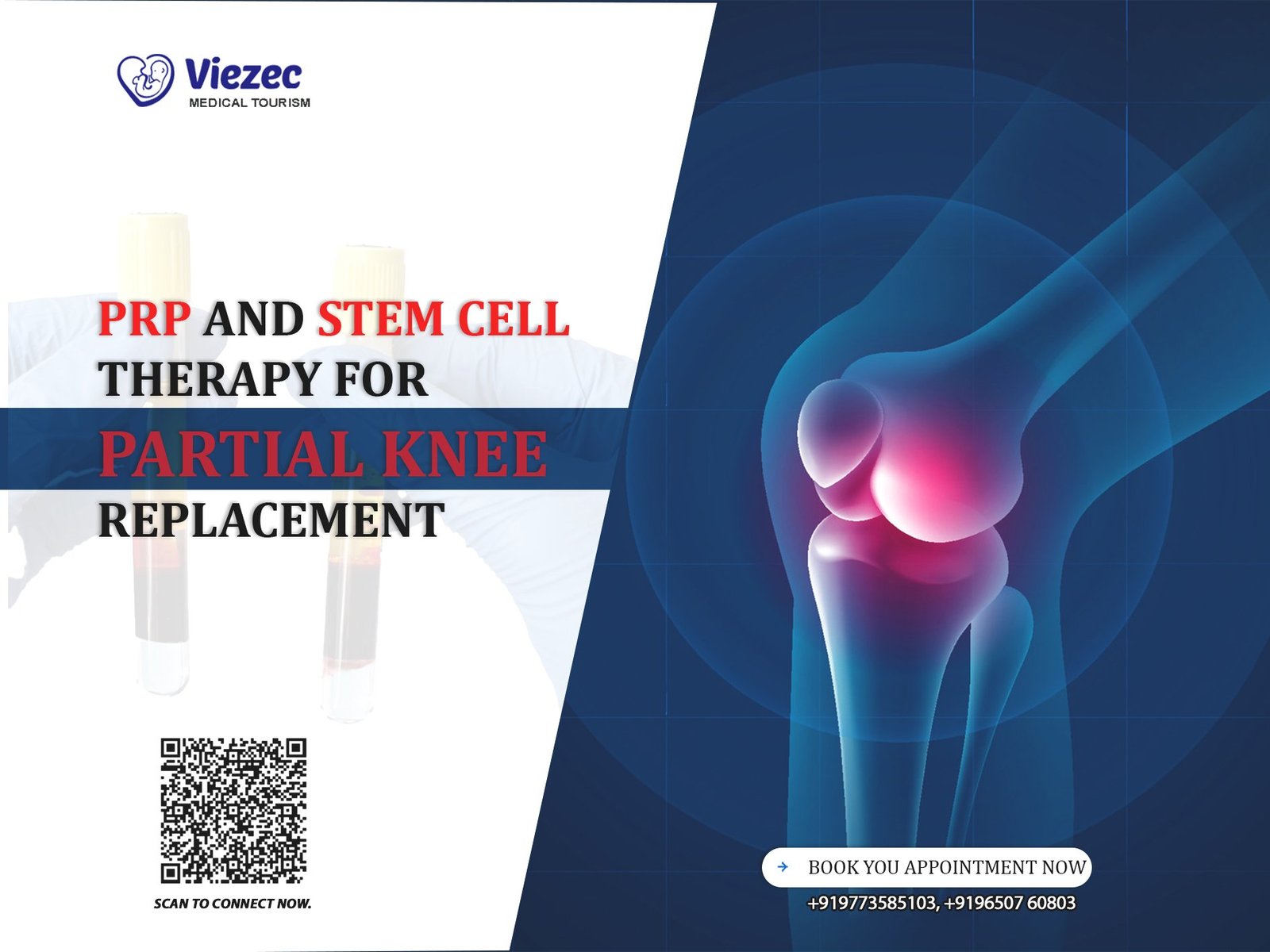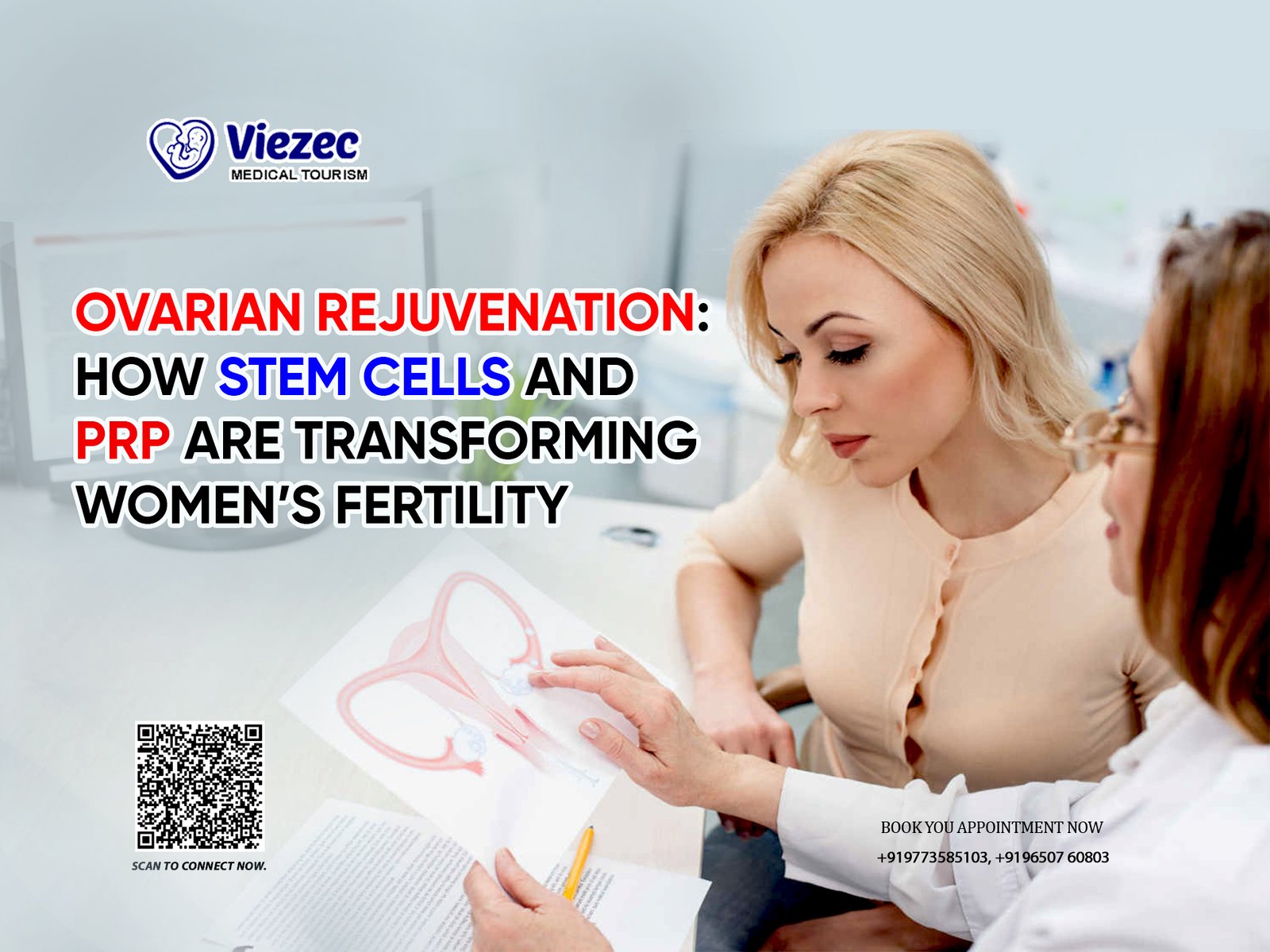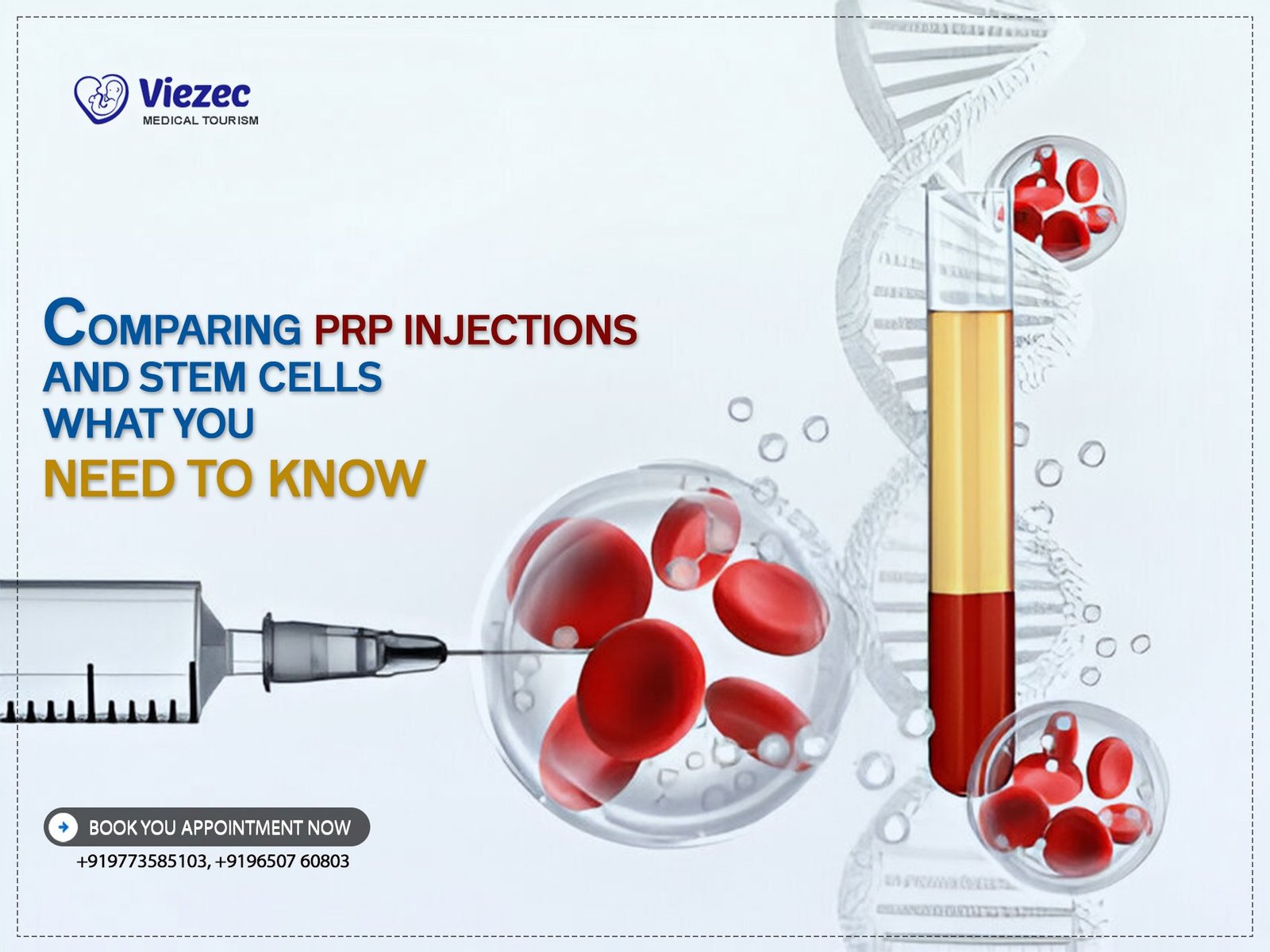Platelet Rich Plasma (PRP) has emerged as a revolutionary approach in regenerative medicine, capturing the attention of researchers, clinicians, and patients alike. This cutting-edge therapy involves the use of a patient’s own blood to extract and concentrate platelets, which are then re-injected into specific areas of the body to stimulate tissue repair and regeneration. PRP is not a new concept, but recent advancements in research have propelled it into the forefront of medical innovation, with applications ranging from orthopedics and dermatology to dentistry and beyond.
Understanding Platelet Rich Plasma (PRP)
Before delving into the latest research findings, it is essential to comprehend the basic principles of PRP. Blood is composed of various components, including red blood cells, white blood cells, plasma, and platelets. Platelets, in particular, play a crucial role in the body’s natural healing processes. They contain growth factors and other bioactive proteins that initiate tissue repair and regeneration.
The process of creating PRP involves drawing a small amount of the patient’s blood and subjecting it to centrifugation. This separates the blood into its constituent parts, allowing for the isolation and concentration of platelets. The resulting PRP can be used in its liquid form or further processed into a gel for specific applications.
Applications in Orthopedics
Accelerating Healing in Musculoskeletal Injuries
One of the most extensively studied areas of PRP research is its application in orthopedics. Musculoskeletal injuries, such as tendon and ligament damage, are common challenges in sports medicine and general orthopedic practice. Researchers have explored the use of PRP to enhance the healing process in these injuries.
Tendon Regeneration
Recent studies have demonstrated the efficacy of PRP in promoting tendon regeneration. The growth factors present in PRP stimulate the recruitment of reparative cells to the site of injury, facilitating the formation of new, healthy tendon tissue. This has profound implications for conditions like Achilles tendonitis and rotator cuff injuries.
Osteoarthritis Management
Osteoarthritis, a degenerative joint disease, poses a significant health burden globally. The use of PRP in osteoarthritis management has gained traction. The anti-inflammatory and regenerative properties of PRP contribute to pain relief and improved joint function. Ongoing research aims to optimize PRP formulations and injection techniques for better outcomes in osteoarthritic patients.
Enhancing Bone Regeneration
Beyond soft tissue injuries, PRP has shown promise in promoting bone regeneration. This is particularly relevant in the context of fractures, non-union cases, and orthopedic surgeries requiring bone grafts.
Fracture Healing
Studies investigating the role of PRP in fracture healing highlight its potential to accelerate the bone repair process. The growth factors in PRP stimulate osteoblast activity, leading to increased bone mineralization and, consequently, faster healing times. This application could revolutionize the standard of care for fractures, reducing recovery periods and improving patient outcomes.
Bone Graft Augmentation
In orthopedic surgeries that involve bone grafts, PRP gel has been explored as a supportive matrix. The gel form of PRP provides a scaffold for bone graft materials, enhancing their stability and promoting integration with the existing bone. This has implications for procedures like spinal fusions and joint reconstructions.
Dermatological Advancements with PRP
Aesthetic and Hair Restoration
In the field of dermatology, PRP has gained popularity for its aesthetic and hair restoration applications. The growth factors and cytokines present in PRP contribute to skin rejuvenation and hair follicle stimulation.
Facial Rejuvenation
PRP’s regenerative properties make it a sought-after treatment in facial aesthetics. From reducing fine lines and wrinkles to improving skin texture and elasticity, PRP has shown promise as a non-surgical option for facial rejuvenation. Research is ongoing to optimize PRP concentrations and injection techniques for optimal cosmetic outcomes.
Hair Loss Treatment
Hair loss, whether due to genetic factors or medical conditions, has limited treatment options. PRP injections into the scalp have been explored as a potential solution for hair restoration. The growth factors in PRP promote hair follicle survival and stimulate new hair growth. Ongoing research aims to refine protocols for PRP-based hair loss treatments and establish long-term efficacy.
Chronic Wound Healing
Chronic wounds, often associated with conditions like diabetes and vascular diseases, present significant challenges in healthcare. Conventional wound healing approaches can be slow and ineffective in these cases. PRP’s regenerative potential has prompted investigations into its use for chronic wound management.
Diabetic Ulcers
Patients with diabetes are prone to developing foot ulcers that can be challenging to heal. PRP’s ability to enhance tissue regeneration has led to studies evaluating its efficacy in diabetic ulcer treatment. Preliminary findings suggest that PRP accelerates wound closure and may reduce the risk of complications associated with non-healing ulcers.
Venous Ulcers
Venous ulcers, often resulting from chronic venous insufficiency, pose another therapeutic challenge. PRP research in this area focuses on its role in promoting angiogenesis and tissue repair, potentially offering a novel approach to improving outcomes in patients with venous ulcers.
Dental Applications of PRP
Dentistry has not been left behind in harnessing the regenerative potential of PRP. From oral surgery to periodontal therapy, PRP is being explored as an adjunctive treatment to enhance outcomes and improve patient recovery.
Oral Surgery
In oral surgery, particularly procedures involving bone grafts and dental implants, PRP has been investigated for its potential to accelerate healing and reduce complications. The use of PRP gel as a supportive matrix for bone grafts aims to enhance the integration of graft materials and promote optimal healing in the oral cavity.
Periodontal Therapy
Periodontal diseases, characterized by inflammation and tissue loss around teeth, present a significant public health concern. Research on PRP in periodontal therapy focuses on its anti-inflammatory properties and its ability to stimulate the regeneration of periodontal tissues. The goal is to develop effective adjunctive therapies that can improve the outcomes of conventional periodontal treatments.
Directions and Challenges
As exciting as the current research on PRP and PRP gel is, there are still challenges and unanswered questions that researchers are actively addressing.
Standardization of Protocols
One of the challenges in PRP research is the lack of standardized protocols. Variability in preparation methods, including centrifugation parameters and activators used, can influence the composition and efficacy of PRP. Efforts are underway to establish consensus guidelines to enhance the reproducibility and comparability of research outcomes.
Long-term Efficacy
While many studies have reported positive short-term outcomes with PRP, questions remain about its long-term efficacy. Research is ongoing to determine the durability of PRP-mediated effects, especially in chronic conditions such as osteoarthritis and hair loss.
Optimal Formulations
The formulation of PRP, including the concentration of platelets and the addition of activators or other bioactive substances, is an area of active exploration. Researchers are striving to identify the most effective PRP formulations for specific applications, considering factors such as tissue type, disease severity, and patient characteristics.
Ethical Considerations
As with any emerging medical technology, ethical considerations are paramount. Researchers are addressing questions related to patient consent, privacy, and the responsible use of PRP. Transparency in reporting research findings and potential conflicts of interest is crucial to maintaining public trust in the field.
Indian Contributions to PRP Research
India has made significant strides in PRP research and its clinical applications. Indian researchers and medical professionals have contributed to the growing body of knowledge on PRP therapy, exploring its potential in treating various medical conditions.
- Orthopedic advancements: Indian researchers have conducted studies on PRP therapy for treating knee osteoarthritis, tendon injuries, and ligament repairs. These studies have shown promising results in improving patient outcomes.
- Dermatological research: In India, PRP therapy is being explored for its potential to treat vitiligo, a skin condition characterized by loss of pigmentation. Preliminary findings suggest that PRP may help improve repigmentation in affected areas.
- Aesthetic medicine: Indian clinics are incorporating PRP therapy into their aesthetic treatments, such as facials and hair restoration procedures, with positive outcomes reported by patients.
Cutting Edge Avenues
Platelet Rich Plasma and PRP gel represent cutting-edge avenues in regenerative medicine with vast potential across diverse medical specialties. The research discussed here highlights the promising applications of PRP in orthopedics, dermatology, and dentistry. As ongoing studies refine protocols, address challenges, and uncover new possibilities, the future of PRP holds exciting prospects for improving patient outcomes and advancing the field of regenerative medicine. With continued collaboration between researchers, clinicians, and industry partners, PRP is poised to play a transformative role in reshaping the landscape of modern healthcare.

